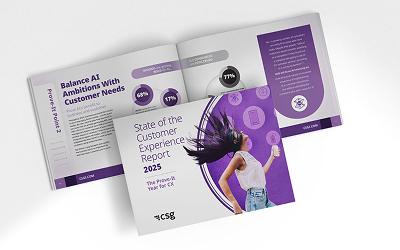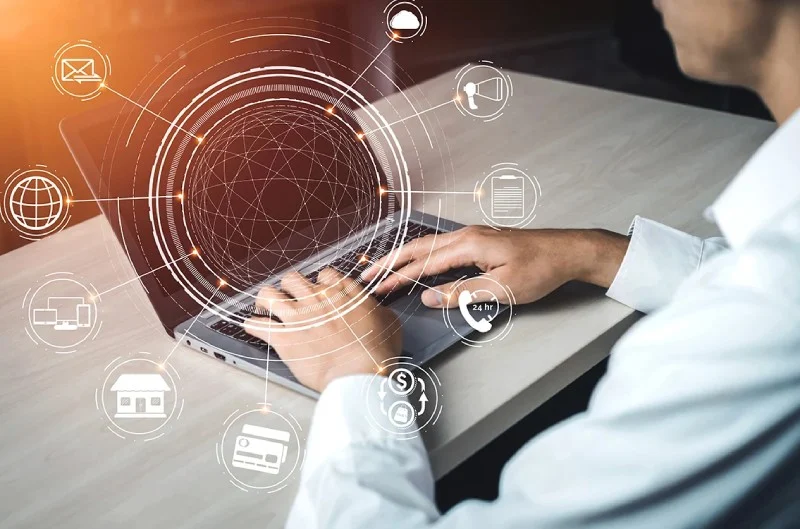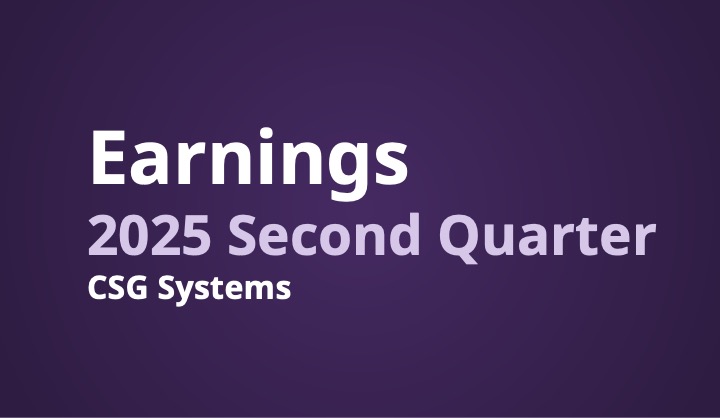Business-to-consumer (B2C) and business-to-business (B2B) audiences involve different sales cycles, expectations and more. But customer experience (CX) is valuable for both. While they may require different strategies, B2C and B2B audiences will build positive perceptions of a brand with CX efforts in place. Learning about these different approaches can help any business streamline its strategy for any target audience.
What Is B2C Customer Experience?
B2C customer experience is the perception that individual consumers have of a brand based on various touchpoints. These touchpoints are any interaction a buyer has with a company, from navigating the website and checking out via a mobile app to interacting with a customer service agent. Strengthening the customer experience involves streamlining these interactions to give customers a more positive perception.
What Is B2B Customer Experience?
B2B customer experience, by definition, isn’t very different from B2C customer experience. Rather than focusing on individual buyers, B2B customer experience is an entire company’s perception of a brand. These customer experiences are still based on touchpoints like talking to a customer service agent or receiving email communications.
Despite the clear differences between B2C and B2B buyers, B2B audiences still have many touchpoints with a brand. A Forrester study from 2021 revealed that the number of B2B interactions jumped from 17 to 27 from the year prior. This jump is likely related to the overall shift in buyer behaviors during 2020. Most of these interactions were virtual, and these experiences will continue to play a role in modern customer experiences.

Consider These Differences
It’s clear that touchpoints with your brand are an essential part of the customer experience. At the same time, the natures of B2B and B2C audiences are different, and these distinctions can help inform your CX strategy.
Relationship complexity
B2C audiences typically don’t have very complex relationship requirements. Most consumers want a connected customer experience as well as some aspect of personalization in their brand elements. Individual buyers are often looking to align with a brand’s values, too. Recent Harris Poll research reveals that 82% of consumers prefer brand values that line up with their own.
While B2C audiences want more emotional, value-based relationships, their B2B counterparts are often more complicated, likely requiring personal relationships with several stakeholders in a single company. There is also likely a much longer sales cycle. Some B2B sales cycles last for more than a year. These relationships require more time and effort because companies make much bigger investments that affect multiple functions in the organization.
Expectations for collaboration
Collaboration or partnership isn’t something that most B2C audiences prioritize. While individuals might look to your team for answers about products or services, this support is more short-term. B2C audiences want brands that offer a small set of options that appeal to a wide range of customer needs.
For example, a Software as a Service (SaaS) company might provide various pricing packages with different features. This approach gives buyers the chance to find a package that best fits their needs. Providing choices like this will often meet the general needs of a B2C audience.
B2B audiences, by contrast, typically expect partnership. With the many moving parts in a company, B2B buyers need to know that their unique requirements will be met with turnkey solutions. This need also goes back to those much larger investments companies are making to address their business strategy across the board. The collaborative aspect adds to the value of a product or service.
This expectation of collaboration means some of the most important touchpoints for B2B audiences will be phone calls and meetings with professionals on your team. It requires a very “high touch” approach for B2B interactions, with collaboration playing a large role.
Buying power
Another huge difference between B2C and B2B audiences is who holds the buying power. B2C buyers are the end users and hold all of the buying power. When these customers interact with a brand, their perceptions fully influence whether or not they’ll commit to a purchase. Creating connected customer experiences is critical for B2C audiences to ensure a seamless experience throughout each customer’s journey.
B2B audiences are a different story. You might spend time interacting with multiple people who don’t have total decision-making or buying power within the company. In fact, 63% of purchases have more than four people involved in the buying process. You’ll likely interact with executives, marketers, product experts and more when working with B2B buyers.
Buying power may differ for B2B audiences, but creating connected experiences is still important for these buyers. Every employee’s interactions with a brand paint the company’s overall perception. Intuitive and seamless interactions add value to the customer experience in all contexts.
Omnichannel experiences
For B2C audiences, omnichannel experiences are a big part of brand perception. Consider how you shop from your favorite brands. You likely receive emails, visit a website, use an app and interact on social channels. Since individual buyers don’t rely on collaboration like businesses do, most of their brand perception comes from the omnichannel experience.
A major objective for B2C audiences is connecting the experience across channels to build that positive perception. Connected customer experiences rely on factors like user-friendly design, consistent brand messaging and helpful support through all contact methods. According to McKinsey research, more than half of consumers engage with three to five channels throughout the buyer’s journey.
On the B2B side, the omnichannel experience is still relevant. Even so, the collaborative side of B2B sales often involves more focused channels for communication. For example, a company may prefer collaborating over a video call to discuss services and all the possibilities.
When optimizing the omnichannel experience for B2C and B2B audiences, data helps identify the most important channels. Which platforms are individual customers using the most? What communication methods do businesses prefer? With this data, understand how to invest in relevant touchpoints to improve customer experiences for both audiences.
Optimize Customer Experience for Any Audience With CSG
Whether your business is B2B or B2C, your audience wants a brand that understands them. CSG offers tools designed to engage your audience, map to the customer journey and build a deep understanding of buyers.
CSG Xponent has an array of features that make it easy for you to create connected customer experiences for B2C. Use customer journey management to find the best communication solutions at every stage in the marketing funnel. Build engagement channels, like conversational AI and MMS alerts, to keep your customer looped in on their favorite platforms. Create data-rich profiles of every buyer to understand their habits and personalize all interactions.
CSG Encompass specializes in B2B interactions, streamlining many onboarding and management procedures. You can onboard new partners more efficiently, allowing for quick collaboration. The solution supports complex order volumes, letting you quote and process orders correctly the first time. The unified platform manages all order cycle components and is scalable for business growth.
Xponent and Encompass are powerful tools, and they can take your business to the next level. Get in touch with us today to see the possibilities.











